Beyond AI: Preparing for the Next Wave of Disruptive Technologies
In March 2011, the Tōhoku region of Japan was rocked by a catastrophic 9.0 magnitude earthquake. Buildings shuddered and crumbled; the earth seemed to buckle and twist under immense pressure. Residents believed they had witnessed the worst that nature could unleash. Chaos reigned in the immediate aftermath, with rescue efforts and cries for help echoing through the rubble. Yet, this was merely a prelude to an even more formidable force to come. Thirty minutes after the initial tremors, a colossal tsunami surged forth, a wall of water obliterating everything in its path. Coastal towns vanished, entire communities were swept away, and a massive swath of destruction was carved into the landscape. The earthquake, as terrifying and disruptive as it was, paled in comparison to the overwhelming, relentless force of the tsunami that ensued.
Across the globe, a similar phenomenon is unfolding in every organization and sector of society. Just as the earthquake's impact paralyzed the people of Tōhoku, who were unprepared, even unaware, of the tsunami that followed, many organizations today are fixated on AI as the ultimate disruptor, giving it all their attention. This narrow focus is perilously myopic. The fear stirred by AI is only the beginning of the chaos and confusion to come.
On the horizon, a tidal wave of unprecedented technological advancements—quantum computing, biotechnology, 5G, nanotechnology, augmented reality (AR), Brain-Computer Interfaces (BCIs), and more—gathers momentum. Each of these innovations holds the potential to revolutionize industries, reshape economies, and redefine the way we live and work. The real danger lies in underestimating (and, in many cases, ignoring) this impending onslaught.
Those who fail to look beyond AI, who aren’t right now preparing for the relentless, transformative forces on the way, are setting themselves up for obsolescence.
The history of technological change is one of accelerating pace. It took centuries for the printing press to revolutionize information dissemination, but only decades for computers to become ubiquitous. Mobile phones, which were luxuries in the 1980s, are now indispensable tools in less than half a century. Fast forward to today, and we see Chat GPT, released in October 2022, becoming a household name in mere months. This rapid acceleration in adoption and impact is not an anomaly—it’s the new norm.
Change is no longer linear; it’s exponential. Organizations and individuals who once had decades to adapt to new technologies now have mere months or even weeks. The rise of AI is just a glimpse of what’s to come, a precursor to a far more profound and sweeping transformation. Quantum computing, for example, has the potential to break current encryption methods overnight, fundamentally altering industries from finance to national security. Meanwhile, biotechnology could redefine healthcare and agriculture, making today's advancements seem primitive by comparison.
Beyond these technological shifts, there are social and cultural changes poised to disrupt the status quo just as dramatically. The rise of ethical consumerism is pressuring companies to rethink their practices, while the globalization of culture, driven by digital natives, is reshaping consumer behavior and brand loyalty. These forces are converging, creating a perfect storm of disruption.
However, this isn’t a message of doom but one of hope and opportunity. The real chance for organizations lies in developing a culture and mindset rooted in adaptability. This means making rapid, decisive, and ongoing shifts to meet whatever new challenges arise. Today, the focus is on AI; tomorrow, it will be something else. The pace of change is accelerating, and only those organizations built on a foundation of flexibility will thrive. Those who obsess over mastering AI alone will be left behind.
To succeed in this rapidly evolving landscape, organizations must embrace a future where continuous transformation is the norm. This isn’t something to fear but to welcome with optimism. Embracing change means recognizing that progress will come swiftly and dramatically and being prepared to take on new challenges as they arrive. Hiding from progress or wishing to return to the past is not only futile but detrimental to growth and success. This mindset has never served individuals, organizations, or society well.
In just a few years, your organization, your industry, and even your life will not look like it does today. Clinging to the status quo will only lead to failure. The key to thriving in this ever-changing environment is cultivating an adaptable, forward-thinking mindset. Those who see change as an opportunity rather than a threat will not only survive but lead in this new era of relentless transformation.
